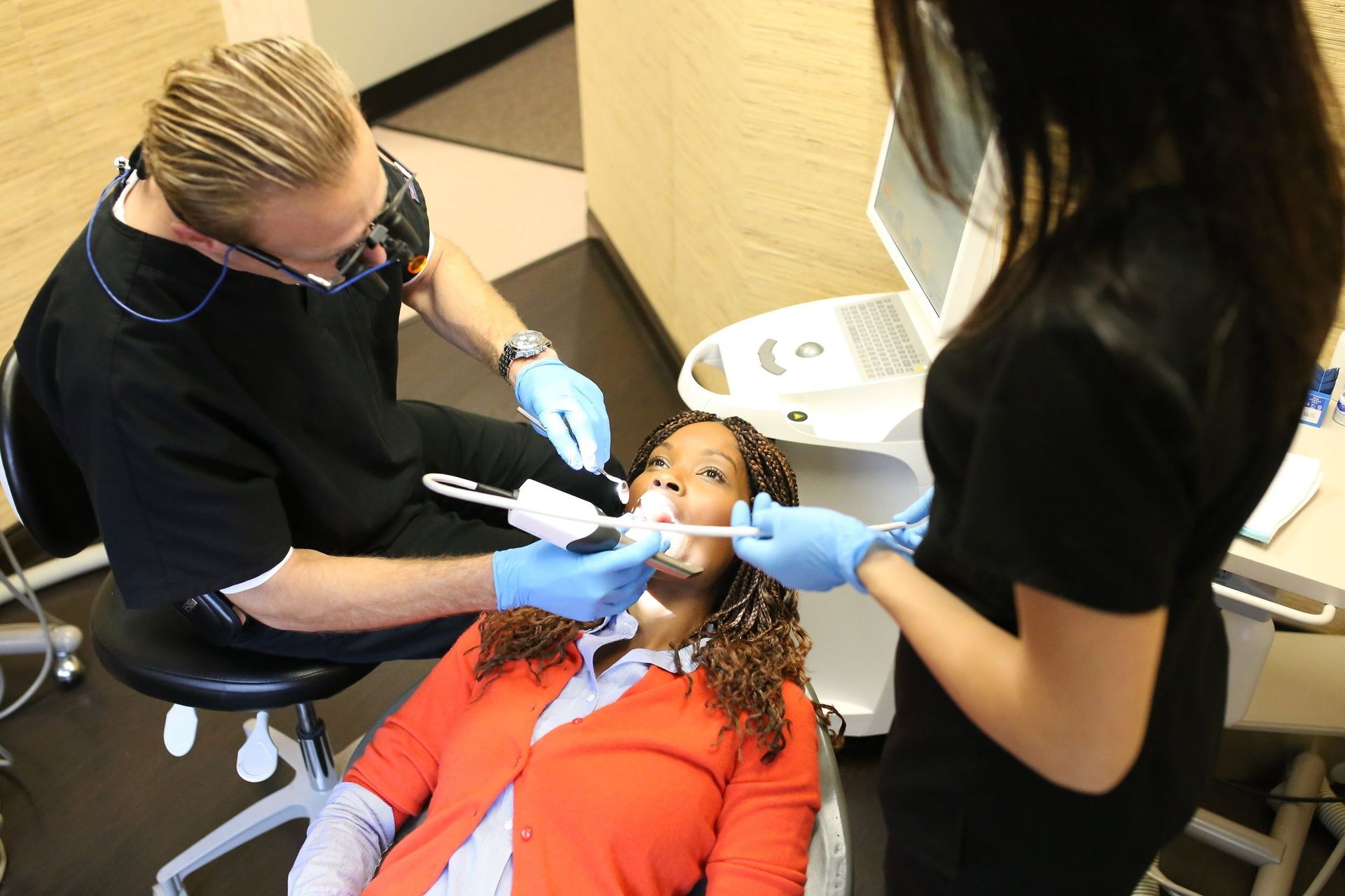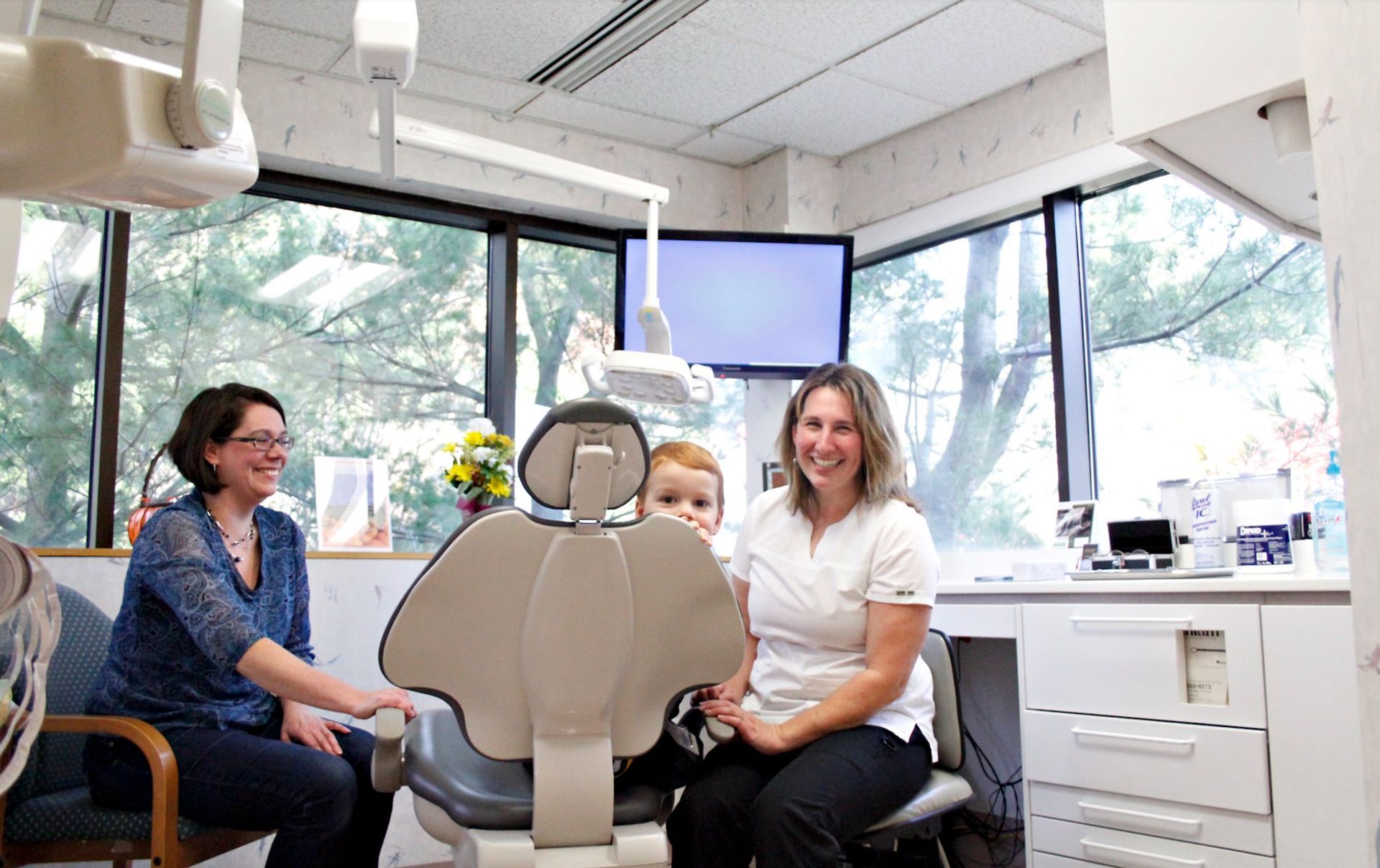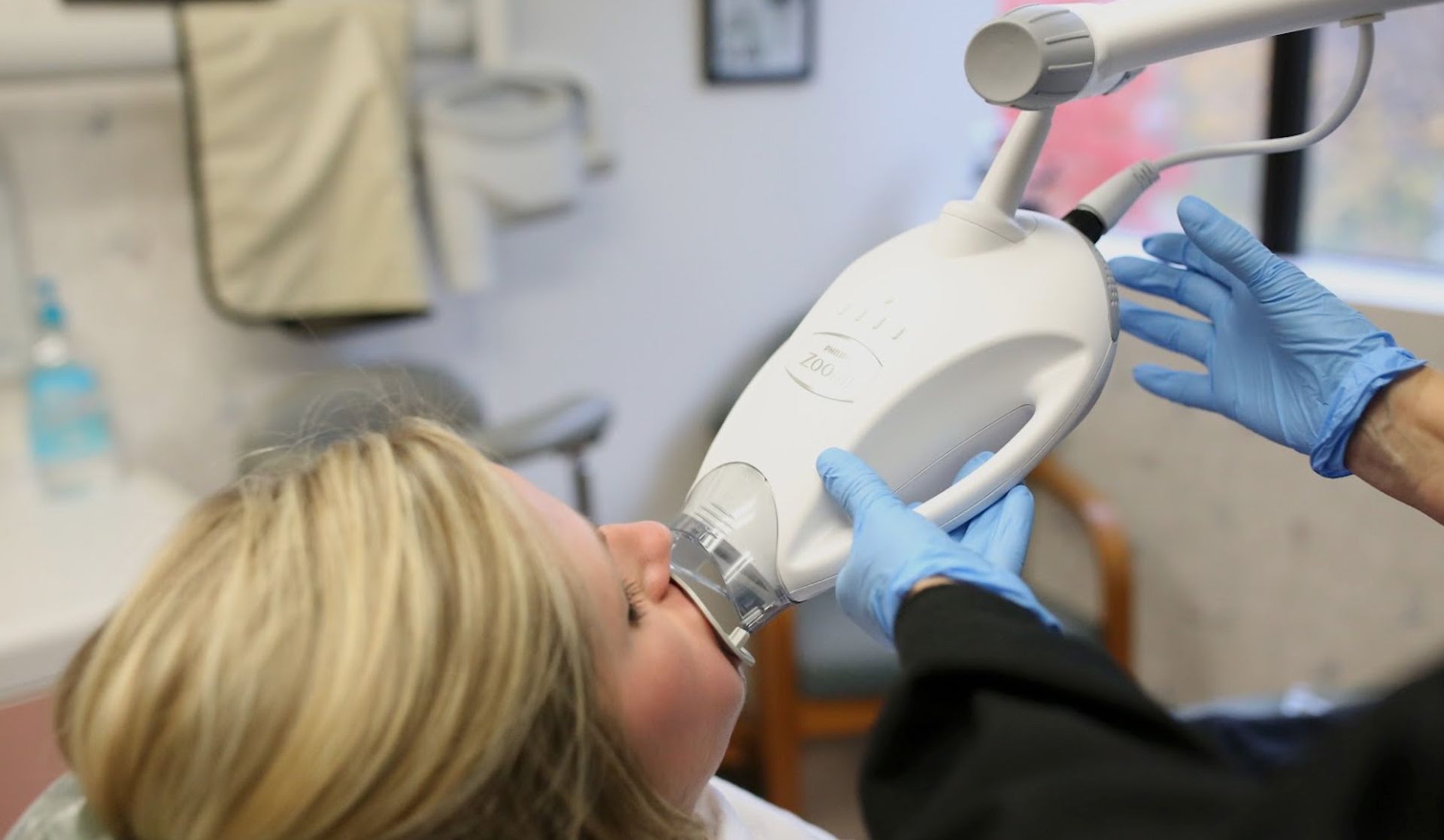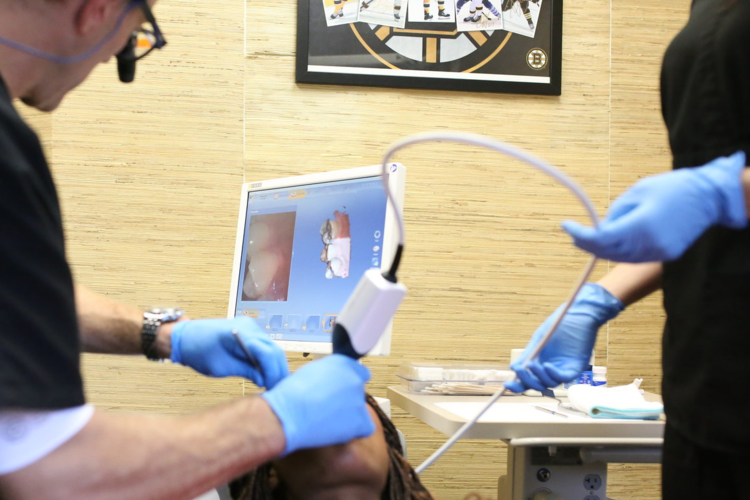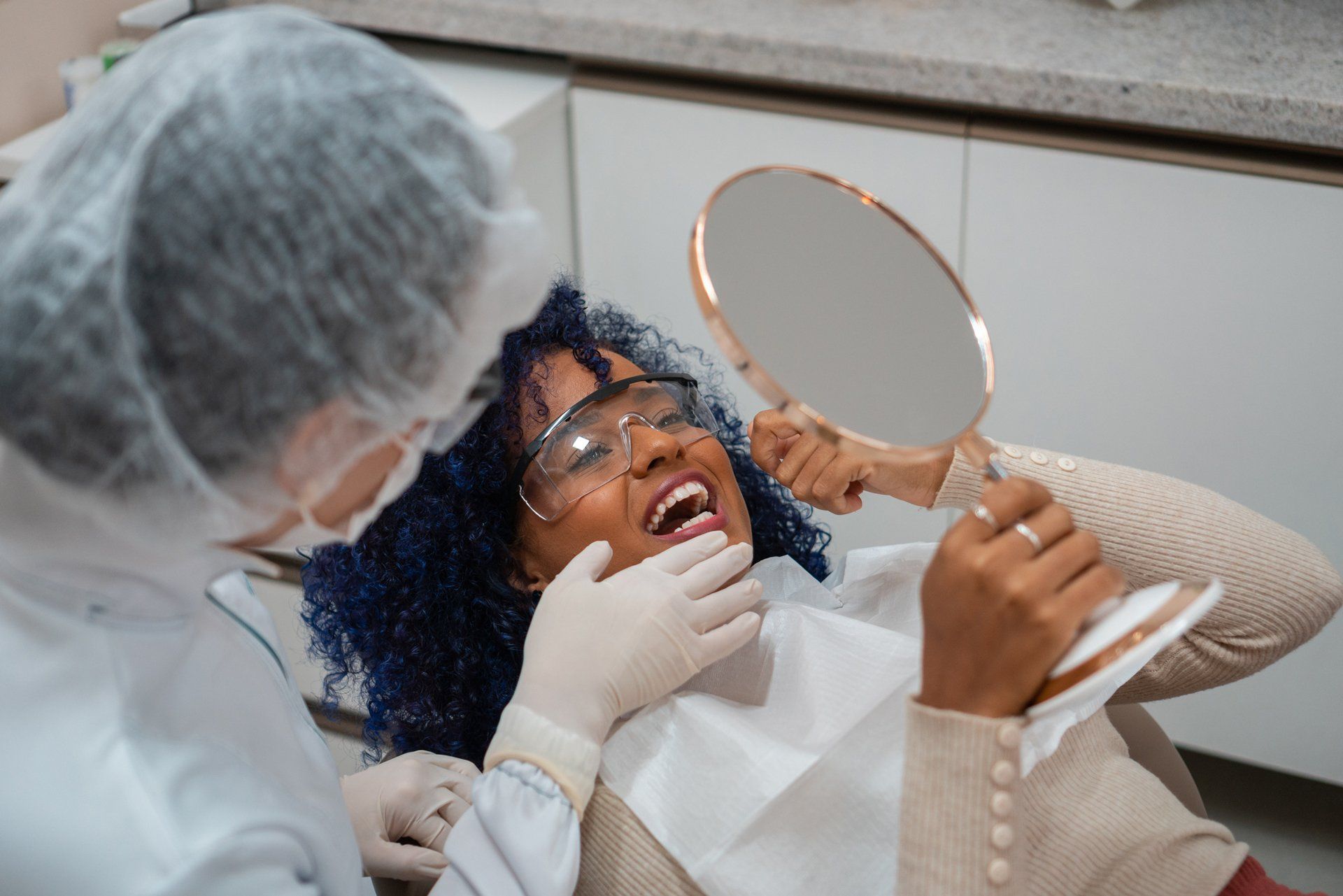Crown vs Veneer Showdown: Choosing the Best Smile Solution for You
If you’re deciding between a crown vs veneer to enhance your smile, you’re likely weighing durability, aesthetics, and cost. A dental crown covers the entire tooth, providing a more permanent solution compared to veneers, which are thin layers that improve the tooth’s appearance. This article will dissect the details, helping you choose the right option for your dental health and beauty.
Key Takeaways
- Dental veneers are a cosmetic solution that improve the appearance of teeth by covering the front surface with a thin, custom-made shell, often made from porcelain or composite materials for different needs and budgets.
- Dental crowns provide a restorative solution for damaged or weakened teeth by encasing the entire visible portion of a tooth, available in various materials including porcelain, ceramic, and metal alloys to balance aesthetics and durability.
- Costs of veneers and crowns can vary widely, with insurance more likely to cover crowns due to their restorative nature, and proper aftercare is essential for maintaining the longevity and appearance of both veneers and crowns.
Understanding Dental Veneers
Dental veneers, the sculptor’s instrument for achieving that sought-after Hollywood smile, are delicate yet transformative. These thin laminates are carefully crafted to fit over the front surface of your teeth, instantly converting lackluster smiles into radiant ones. Ideal for concealing various dental imperfections such as chips, stains or minor misalignment issues, they act as a cosmetic facade enhancing your natural whites.
Think of them like bespoke porcelain disguises for your teeth that mask any irregularities you might dislike—be it uneven spacing or slight twists and turns. Their chief purpose is to revitalize your grin while preserving the original tooth structure to the greatest extent possible. Porcelain veneers are particularly praised because they offer aesthetic refinements with an appearance and sensation comparable to real natural teeth. The tooth surface needs to be reshaped to prepare for the veneer application, ensuring a perfect fit and long-lasting result.
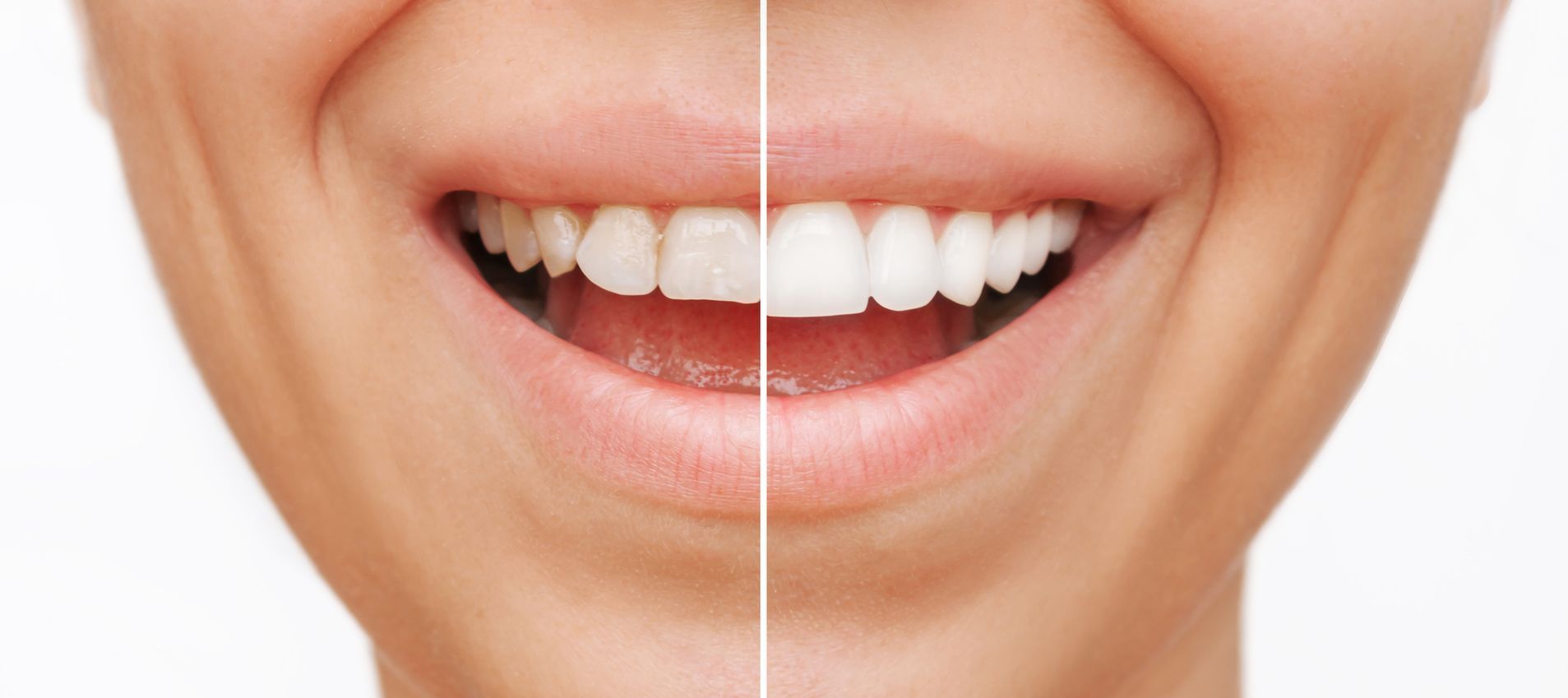
Types of Veneers: Porcelain vs Composite
When discussing materials, we must recognize that not every veneer is created the same. The main players here are porcelain and composite, each boasting its unique advantages. Those aiming for top-tier naturalness and endurance will find their match in porcelain veneers – they’re akin to a custom-tailored suit offering impeccable fit and finish but require a greater investment of time as well as some sacrifice from your tooth enamel.
In contrast, think of composite veneers as the reliable ready-to-wear garment. They offer an economical choice with expedited treatment since the resin gets sculpted right on your teeth. Each option serves different preferences and financial plans while both deliver on the promise of enhancing your smile.
The Veneer Procedure
Beginning the process of getting porcelain veneers is a transformative experience, usually encompassing three appointments with your dentist. Each visit marks progress towards achieving your refreshed smile. Initially, your cosmetic dentist will delicately reshape the surface of your tooth to guarantee that the veneers integrate flawlessly. The existing tooth must have enough enamel for the veneer to bond properly. They then take an impression to record every detail of your tooth’s shape, after which they fit a temporary veneer – this gives you a preview of what’s in store for you.
Upon completion and receipt of your tailor-made porcelain veneers, they are permanently affixed to each respective tooth—a celebratory moment as it signifies the culmination and rebirth of your smile’s appearance.
Veneer Longevity and Care
With appropriate maintenance, your veneers can serve as a durable tribute to the commitment you’ve made towards enhancing your smile. Handle them with care as if they were fine porcelain. Opt for gentle toothbrushes and non-abrasive pastes to maintain their shine without causing scratches.
To preserve the immaculate condition of your veneers, avoid using whitening products and resist engaging in hard activities such as biting nails. It’s important not only for keeping up the appearance of your veneers, but also as a fundamental aspect of dental health overall, ensuring that your naturally beautiful smile remains in perfect shape.
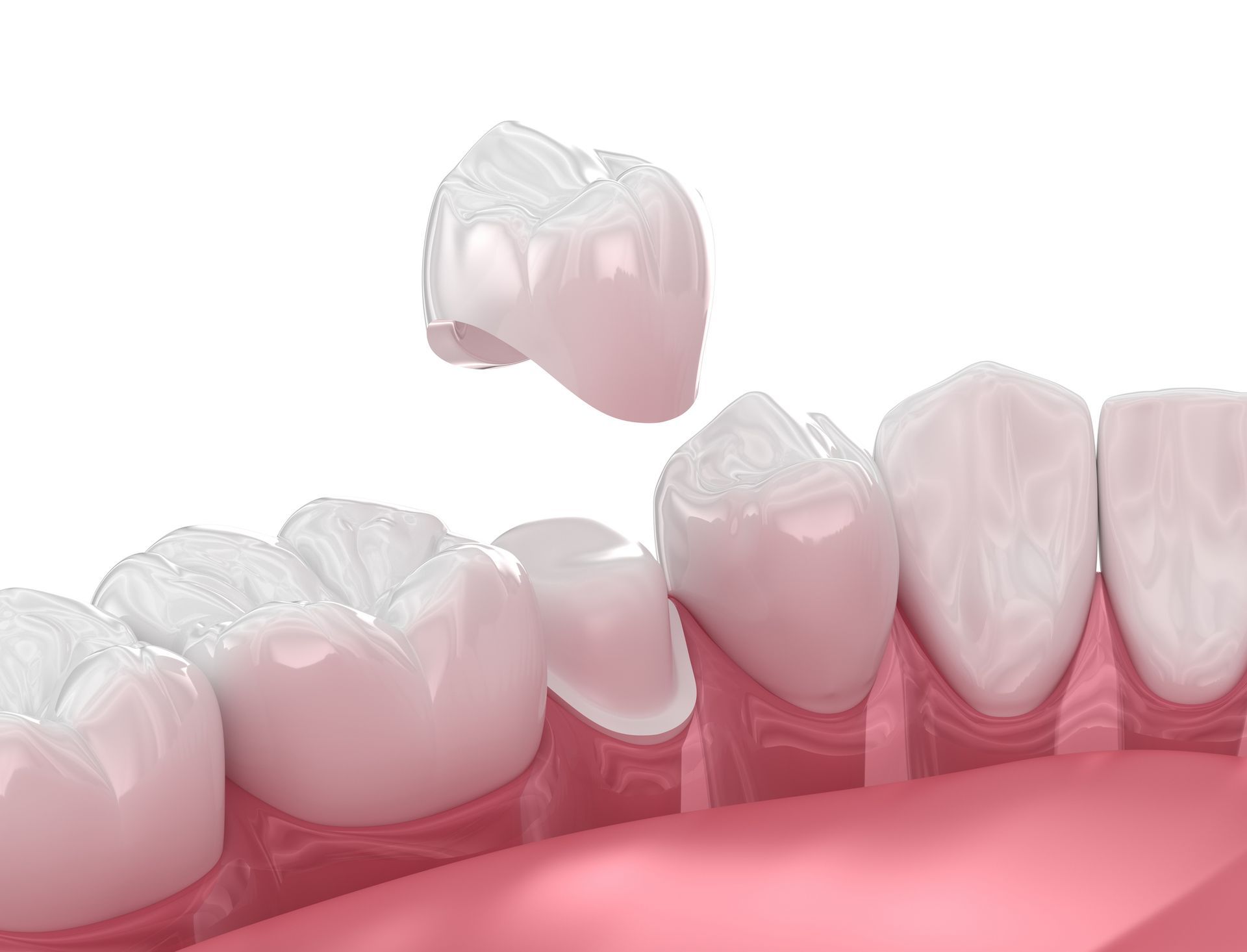
Delving into Dental Crowns
Dental crowns are the robust solution for restoring teeth that have significantly deteriorated, providing comprehensive coverage and support where superficial modifications like veneers fall short. A dental crown acts as an armored cap for a tooth that has been weakened or ravaged by decay, enveloping the entire visible section of the tooth to revive its original integrity. A dental crown covers the entire visible section of the tooth, providing comprehensive support and protection. When a tooth’s condition is too compromised for veneer intervention, this type of restoration reinforces what remains of the natural structure and becomes crucial in restoring teeth burdened with extensive damage from root canals or large fillings.
Beyond their restorative benefits, dental crowns also deliver aesthetically pleasing results. They’re crafted to blend indistinguishably with your natural dentition. The application ensures not just functional resilience but also contributes to an attractive and harmonious smile.
Crown Materials: Porcelain, Ceramic, and Metal Alloys
The composition of a crown is critical for both its function and visual appeal. While gold crowns are less popular these days, they’re known for requiring minimal removal of tooth structure and offering high accuracy in fit. They may not meet aesthetic expectations. Porcelain fused to metal varieties provides a commendable mix of strength along with an appearance closer to that of natural teeth, but there’s the potential downside that the metallic base might become visible if gums recede.
On the other hand, ceramic options such as robust zirconia or lithium disilicate geared towards being gentle on surrounding tissue excel in cosmetic appeal. These materials are especially suitable for front teeth where an impeccable presentation is crucial. It should be noted though that compared to their gentler golden counterparts, porcelain and ceramic crowns tend to exert more wear on opposite teeth over time through everyday use.
The Crown Placement Process
The procedure of crowning your tooth commences with the preparation phase, during which a small amount of enamel is removed to accommodate the new crown. If the existing tooth has decay, it may need to be built up to support the crown. The dentist will then capture an impression of your mouth to ensure that the custom-made permanent crown aligns perfectly with your bite pattern. During this interim period, you may receive a temporary crown as protection for your prepared tooth. It’s important to exercise caution when eating sticky or hard foods right after placement in order to avoid any complications.
This intricate process results in a fortified tooth that looks and functions like an entire tooth once again, ready for everyday tasks such as chewing and smiling without hesitation—even if previously there were chipped teeth involved.
When to Choose a Crown
At the junction of cosmetic dentistry decisions, choosing whether a crown is your gallant protector requires careful consideration. If your tooth has been left marred by decay or fractures similar to war wounds, a dental crown could provide the robust protection it desperately needs. Crowns differ from veneers—those favorites among aesthetic enhancements—in that crowns bring back both durability and full functionality to your chewing abilities.
Financially speaking, opting for a crown. Demands higher expenditure due to their intricate crafting process and often luxurious materials involved in their construction. After being fitted with a crown, there’s no need for extraordinary maintenance. Standard oral hygiene practices suffice, though remember that crowned teeth are still susceptible to the adversaries of decay and periodontal disease like any other natural tooth.
Comparing Costs: Veneers vs Crowns
Discussing the riches of dental aesthetics, it’s clear that costs can fluctuate wildly. Composite veneers represent a more economical choice, while porcelain crowns are situated at the higher end of the spectrum. The path to achieving your ideal smile is typically marked by an investment indicative of both durability and artistry inherent in each treatment method. Striking a harmony between personal aspirations and financial capacity is key, as both veneers and crowns bring distinct advantages and benefits in pursuit of dental perfection.
Does Dental Insurance Cover Them?
Navigating the complex realm of dental insurance, crowns are usually given preferential treatment due to their role in restoration, with numerous policies offering coverage towards their expense. On the contrary, veneers typically receive a cold shoulder as they are perceived by insurers as cosmetic enhancements rather than essential procedures.
As you embark on the quest for your ideal smile, it is crucial to understand this differentiation. Awareness of what your dental insurance will cover and exclude is an important part of planning your dental care journey.
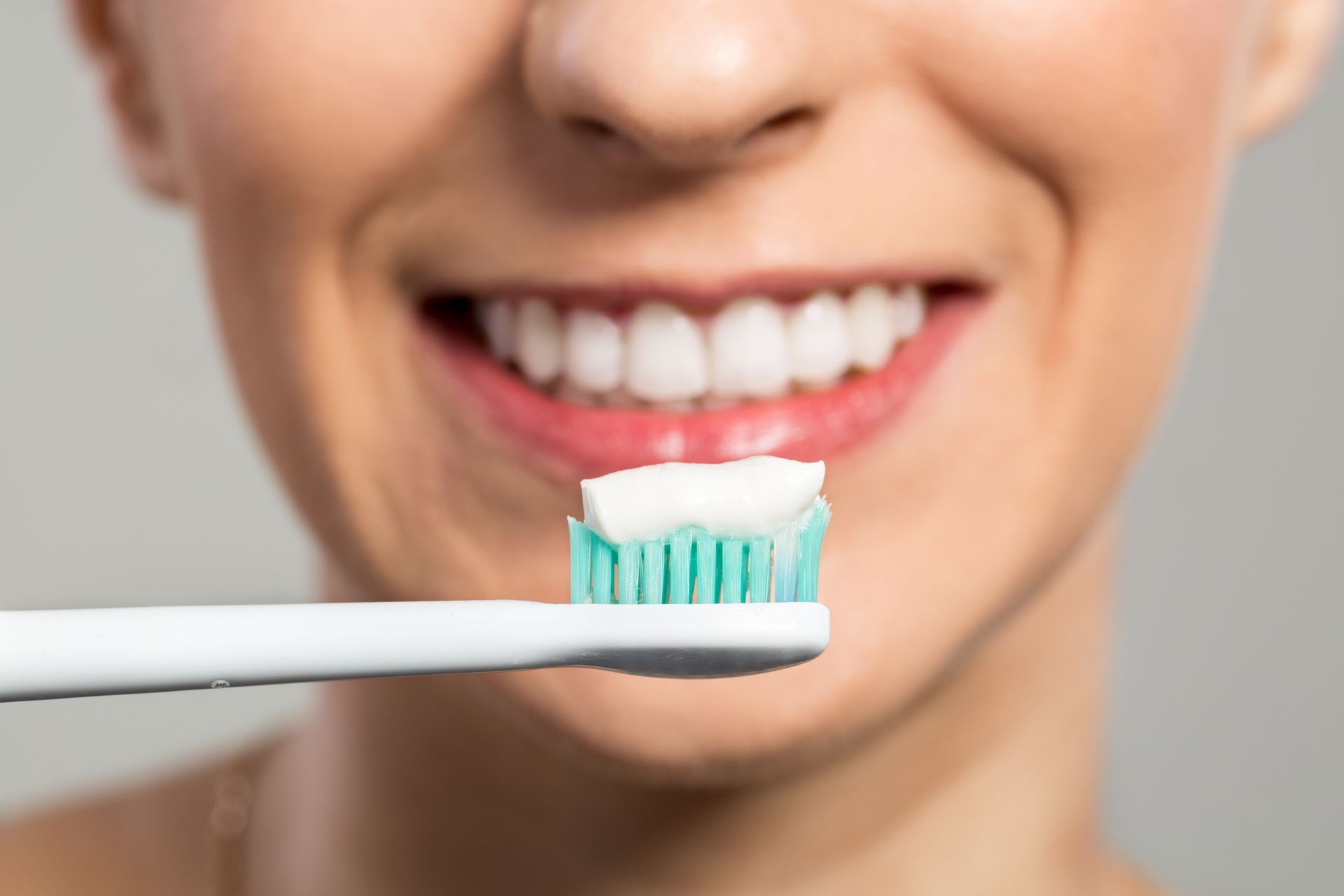
Aftercare Essentials
When you leave the dental office, your journey to maintaining a rejuvenated smile is just beginning. Ensuring that your veneers and crowns last for many years, appearing as pristine as when they were first placed, hinges on providing them with the right care. This involves handling them gently - staying away from harsh abrasives, using soft-bristled toothbrushes, and avoiding behaviors that might damage them.
Maintaining Your Restorations
Maintaining your crowns and veneers ought to be a regal affair, akin to an everyday ceremonial practice. It’s essential to meticulously brush and floss in the vicinity of your restorations, employing accessories such as floss threaders for those narrow gaps between teeth that have been treated. Frequent visits to your dental clinic for expert cleanings are key in preserving the majestic shine of these enhancements.
Resist the urge to challenge the durability of your newly acquired crowns or veneers by using them inappropriately. This could lead to damage. If you commit yourself with persistence to their upkeep, your smile will remain radiant—a testimony to your unwavering commitment towards optimal dental health.
Dr. H's Expertise in Cosmetic Dentistry
Dr. Bryan Hoertdoerfer, often referred to as Dr. H, is celebrated for his precision and skill within the field of cosmetic dentistry. He possesses an artist’s finesse when it comes to crafting porcelain veneers that are not only aesthetically pleasing but also durable over time.
Hoertdoerfer Dentistry prides itself on merging artistic flair with swift service through the use of state-of-the-art CEREC technology, allowing for same-day restorations that speak to the practice’s dedication to both beauty and expediency.
Why Choose Hoertdoerfer Dentistry
Hoertdoerfer Dentistry has earned the trust of many for their smile care due to several key factors:
- A longstanding commitment over 30 years serving the Manchester community
- Providing dental services suitable for all family members
- Adoption and implementation of cutting-edge dental technologies in practices
- Upholding a treatment philosophy rooted deeply in both safety and empathy
At this practice, paramount importance is placed on each individual patient’s well-being.
An abundance of positive feedback highlights Hoertdoerfer Dentistry as an exceptional provider. Patients consistently commend the clinic not only for its professional conduct, but also for adhering to schedules strictly and implementing a considerate approach to patient care. Indeed, at Hoertdoerfer Dentistry, patients can expect more than just standard treatments. It is synonymous with nurturing new smiles.
Summary
As we close the book on our exploration of dental veneers and crowns, it’s clear that each offers a unique path to the same destination: a smile that radiates beauty and confidence. Veneers are your ally in subtle cosmetic changes, while crowns provide robust restoration for teeth that have weathered life’s storms. The investment in either option is not only a commitment to your appearance, but also to your dental health and overall well-being. Armed with the knowledge of procedure intricacies, cost factors, and aftercare, you are now equipped to make an informed decision alongside your trusted cosmetic dentist, Dr. Bryan Hoertdoerfer.
Frequently Asked Questions
What are the main differences between dental veneers and crowns?
Veneers are specifically designed to cover the front surface of teeth for aesthetic enhancements, while crowns encapsulate the whole visible part of a tooth offering both cosmetic and restorative advantages, marking their primary distinction in coverage and intent.
How long do porcelain veneers typically last?
With appropriate care, such as regular dental check-ups and the utilization of non-abrasive toothpaste, porcelain veneers can be made. Be expected to last in good condition for about a decade.
Are dental crowns or veneers covered by dental insurance?
Insurance typically covers dental crowns as they are deemed restorative procedures, whereas veneers often do not receive coverage due to their classification as cosmetic treatments.
How do I care for my dental crowns or veneers?
Maintain your dental crowns and veneers through diligent oral hygiene, which includes brushing twice daily using a toothbrush with soft bristles, flossing consistently, and refraining from using your teeth as tools to bite into hard materials or to open things.
It is critical to ensure you attend regular check-ups with your dentist.
Why should I choose Hoertdoerfer Dentistry for my cosmetic dental needs?
Opt for Hoertdoerfer Dentistry when seeking cosmetic dental services, as their three-decade expertise is complemented by the latest technology. Their commitment lies in offering a patient-centric and family-oriented approach to ensure both a delightful and efficacious experience for all dental procedures.
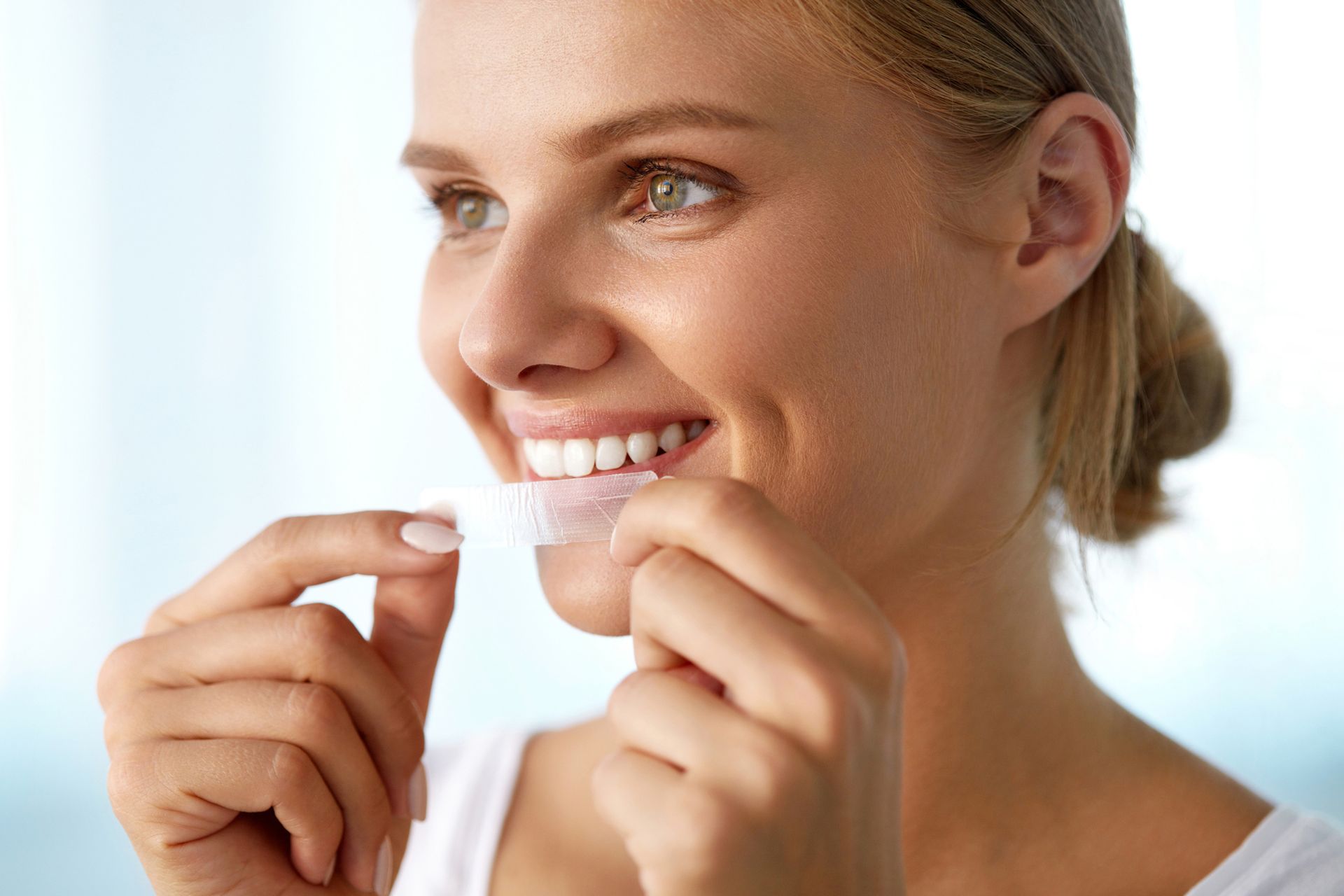

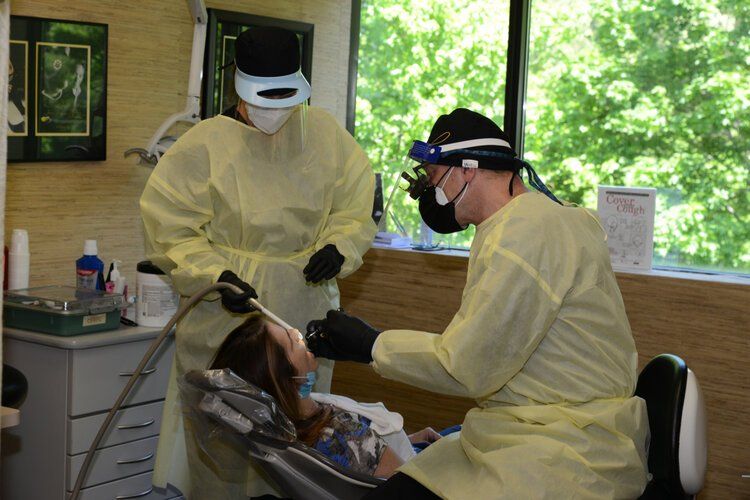
All Rights Reserved | Hoertdoerfer Dentistry

